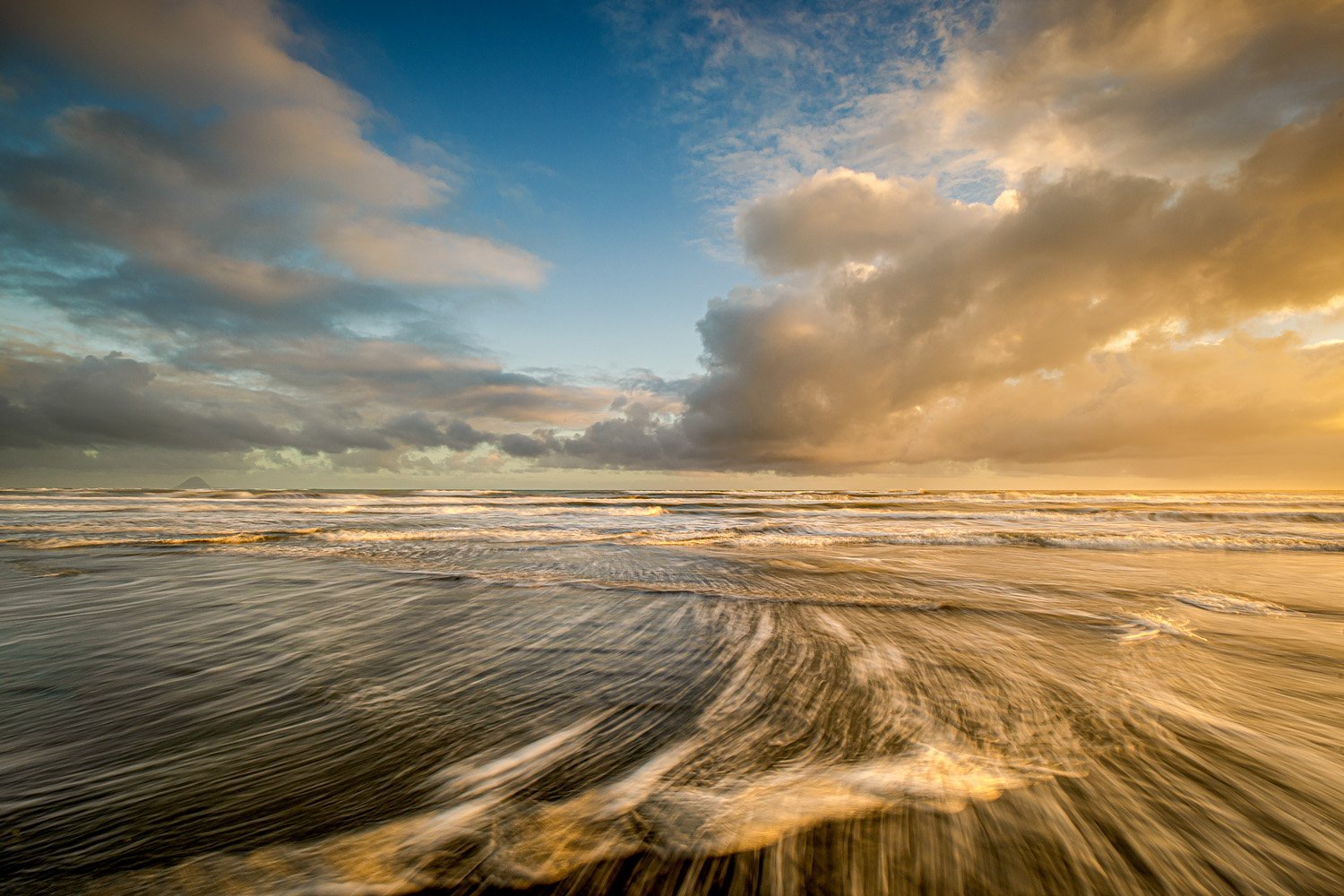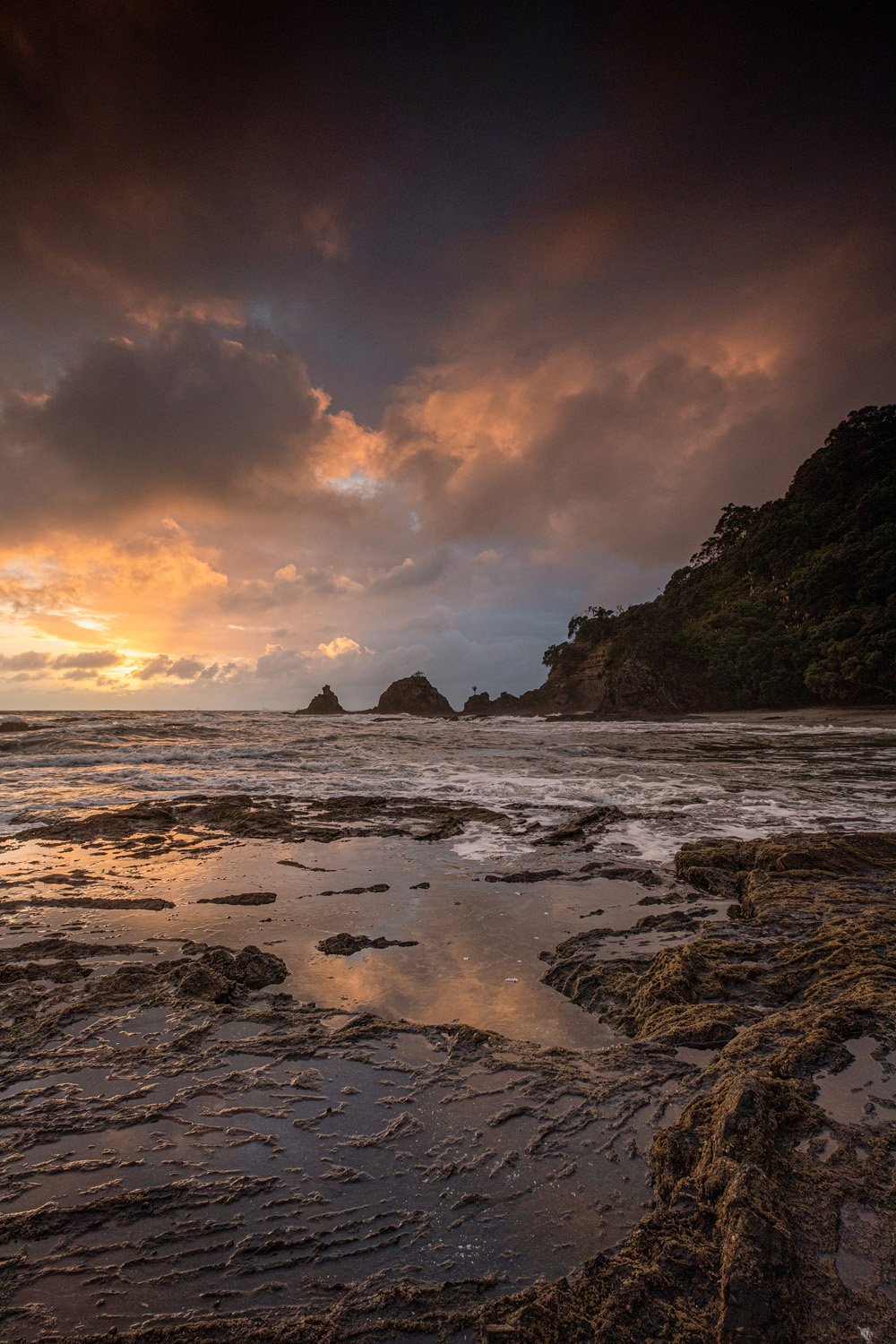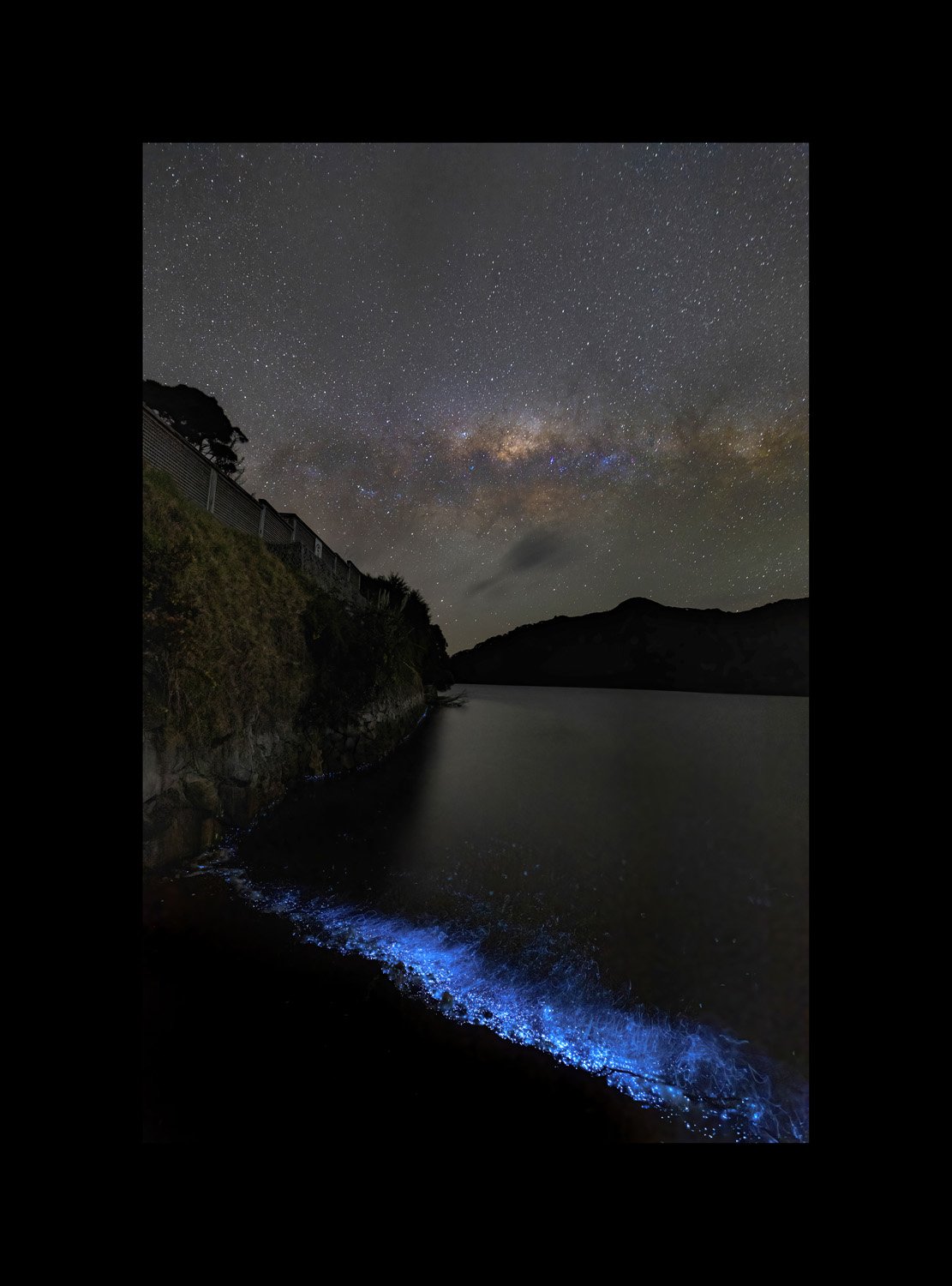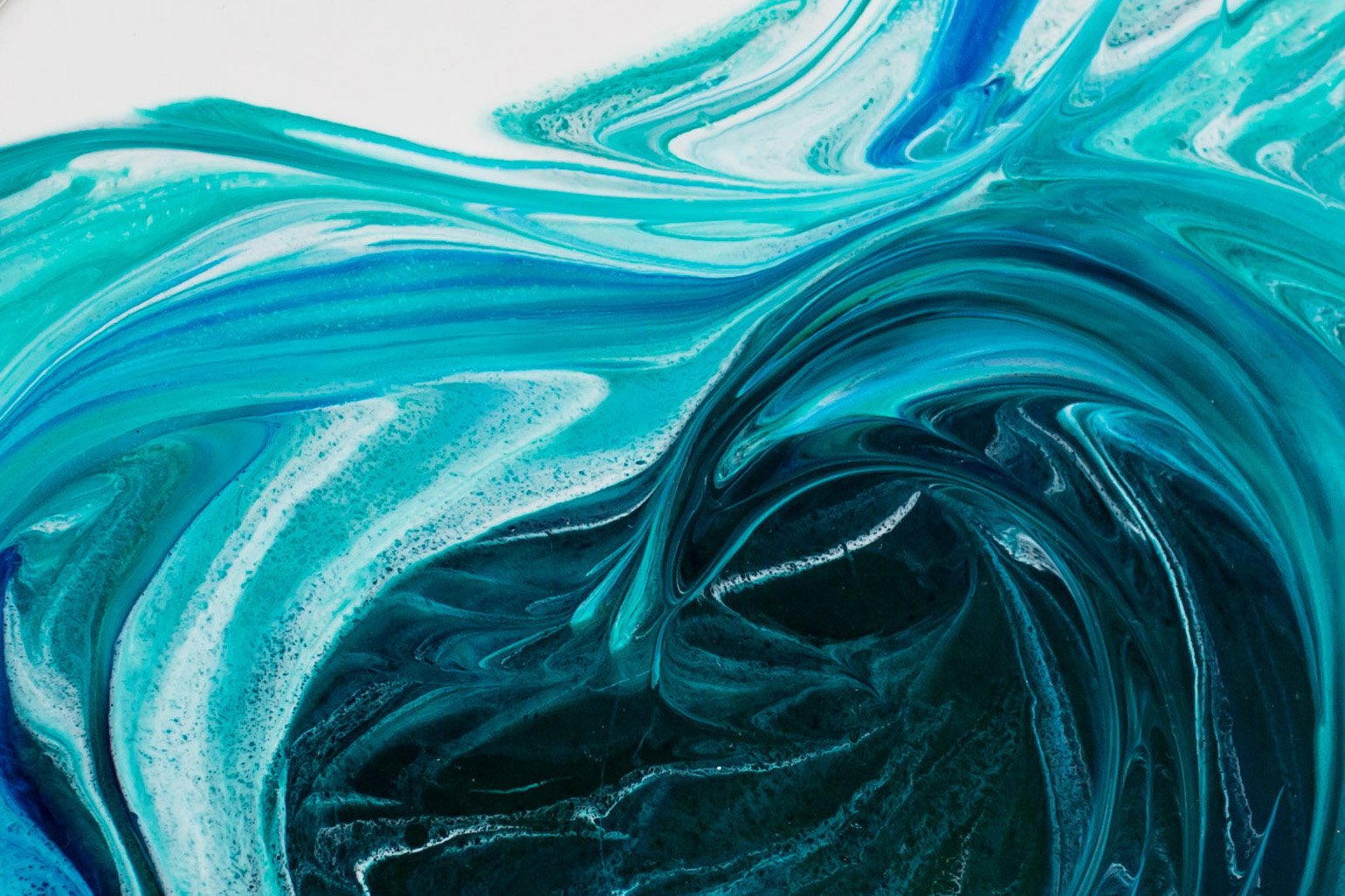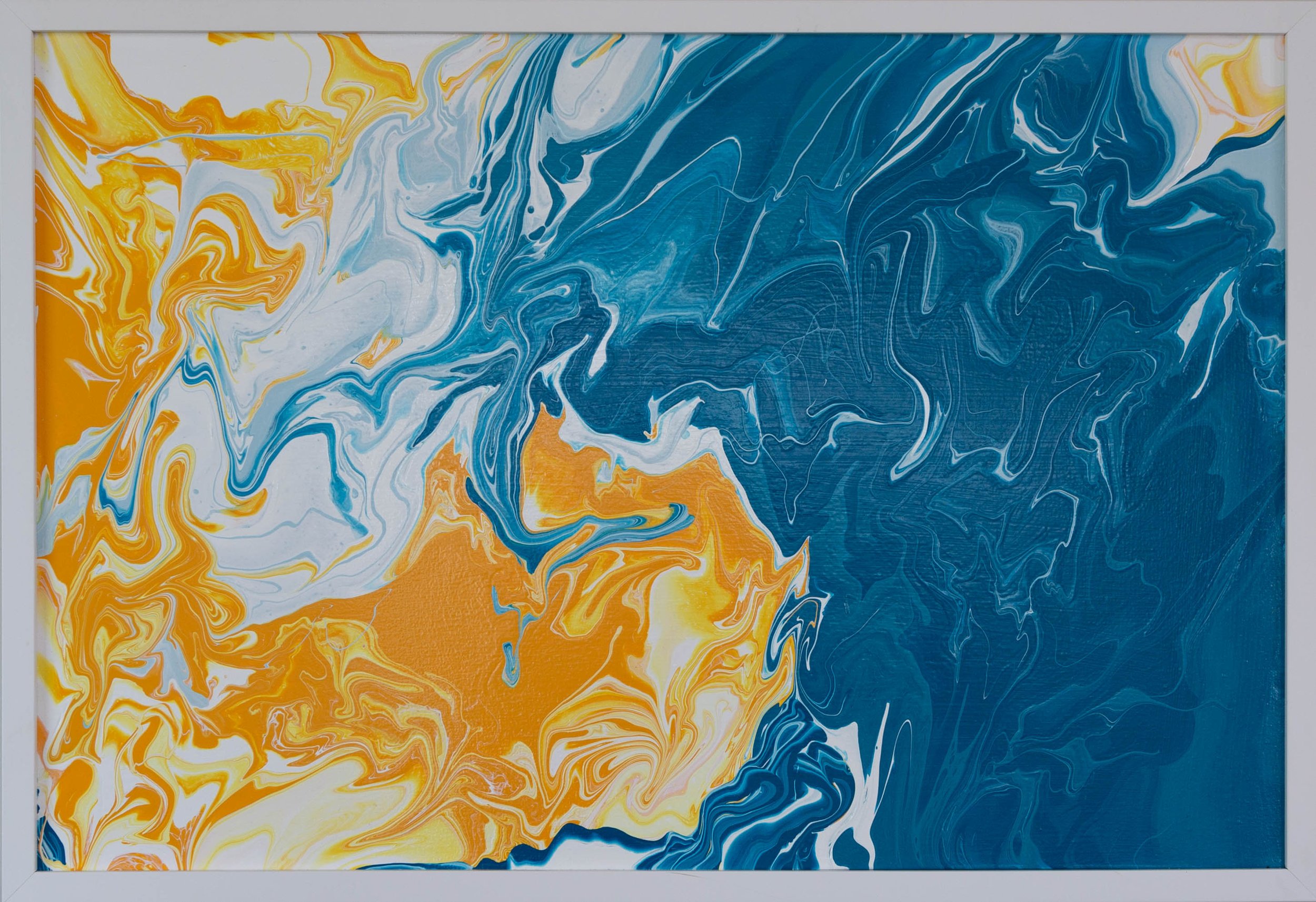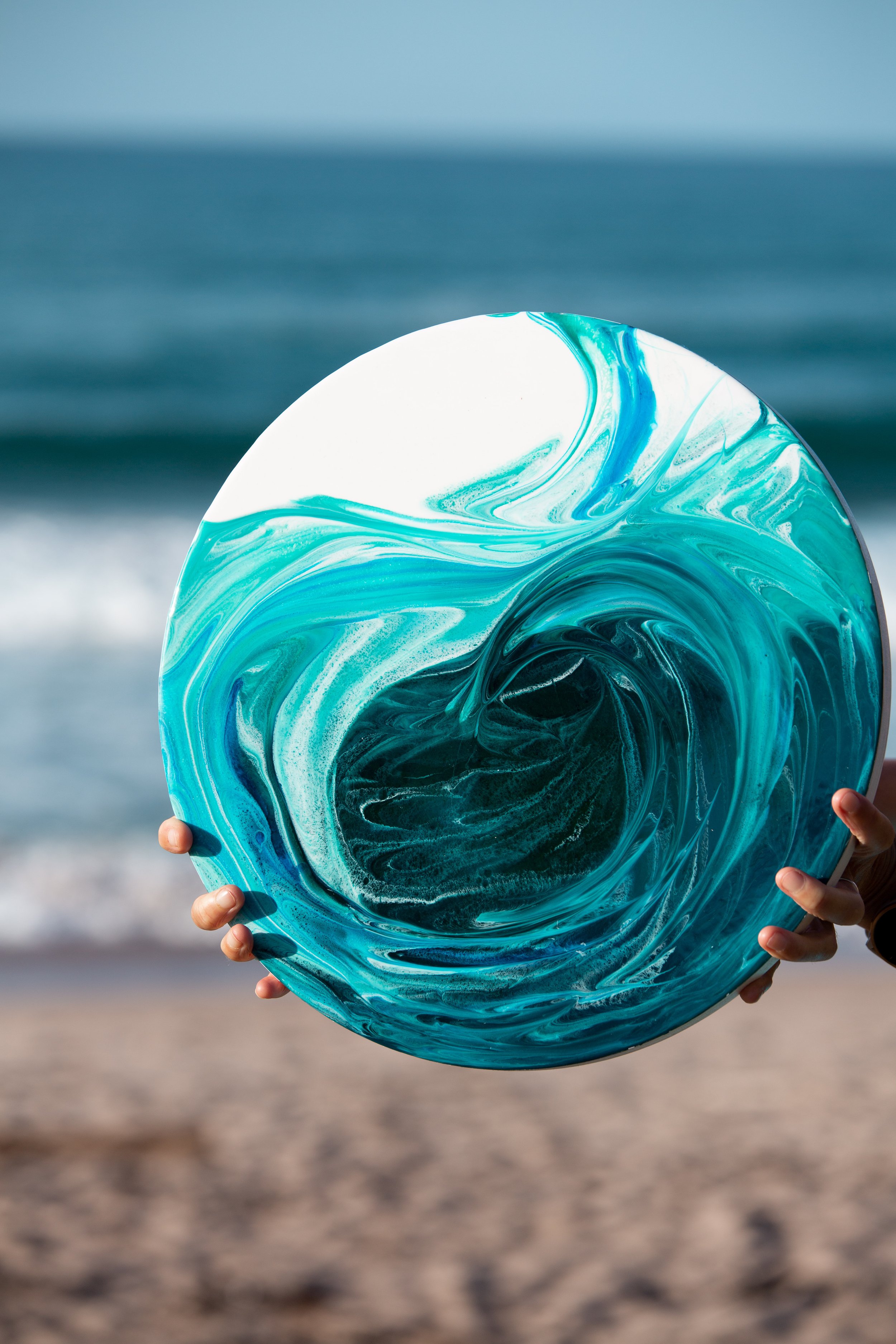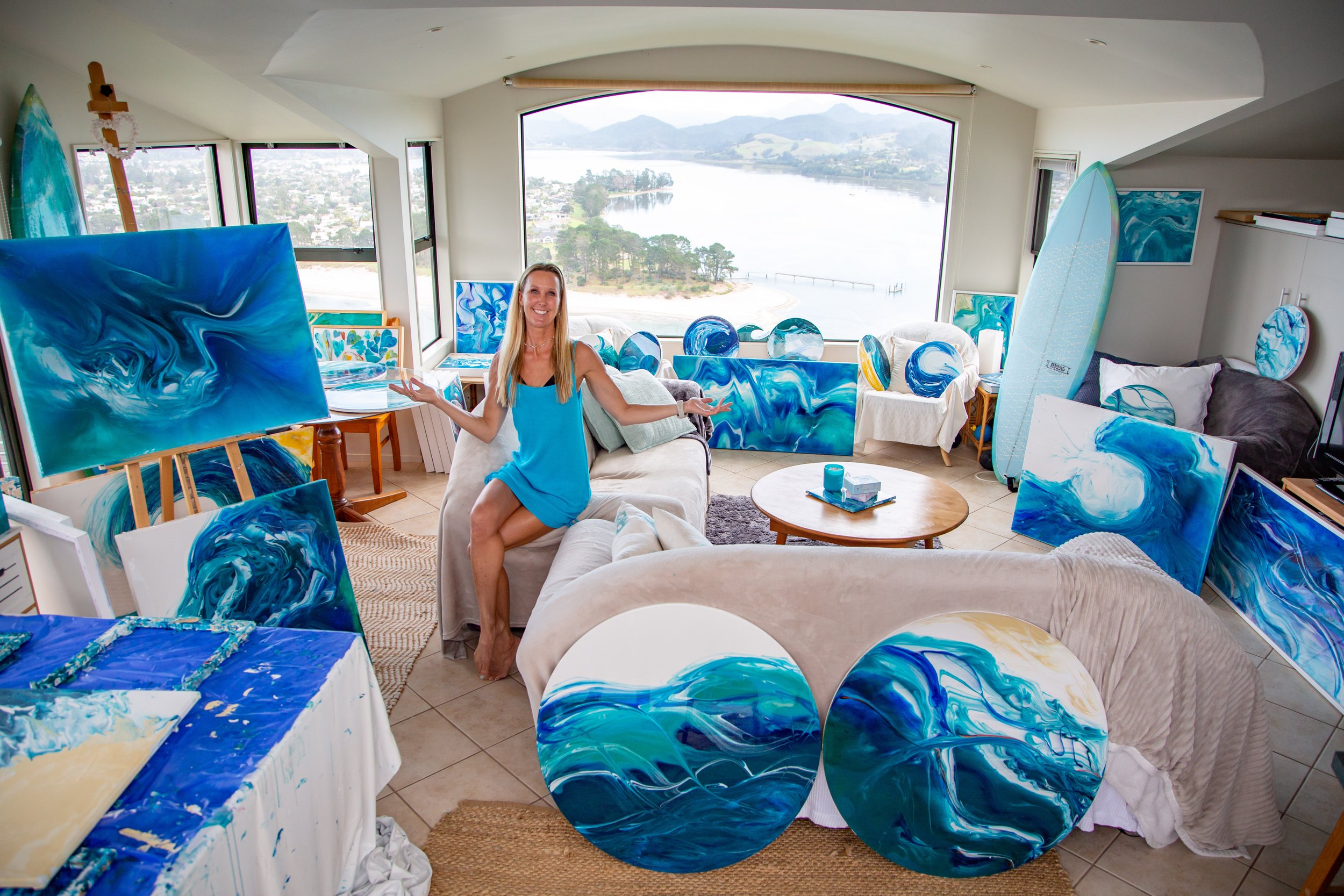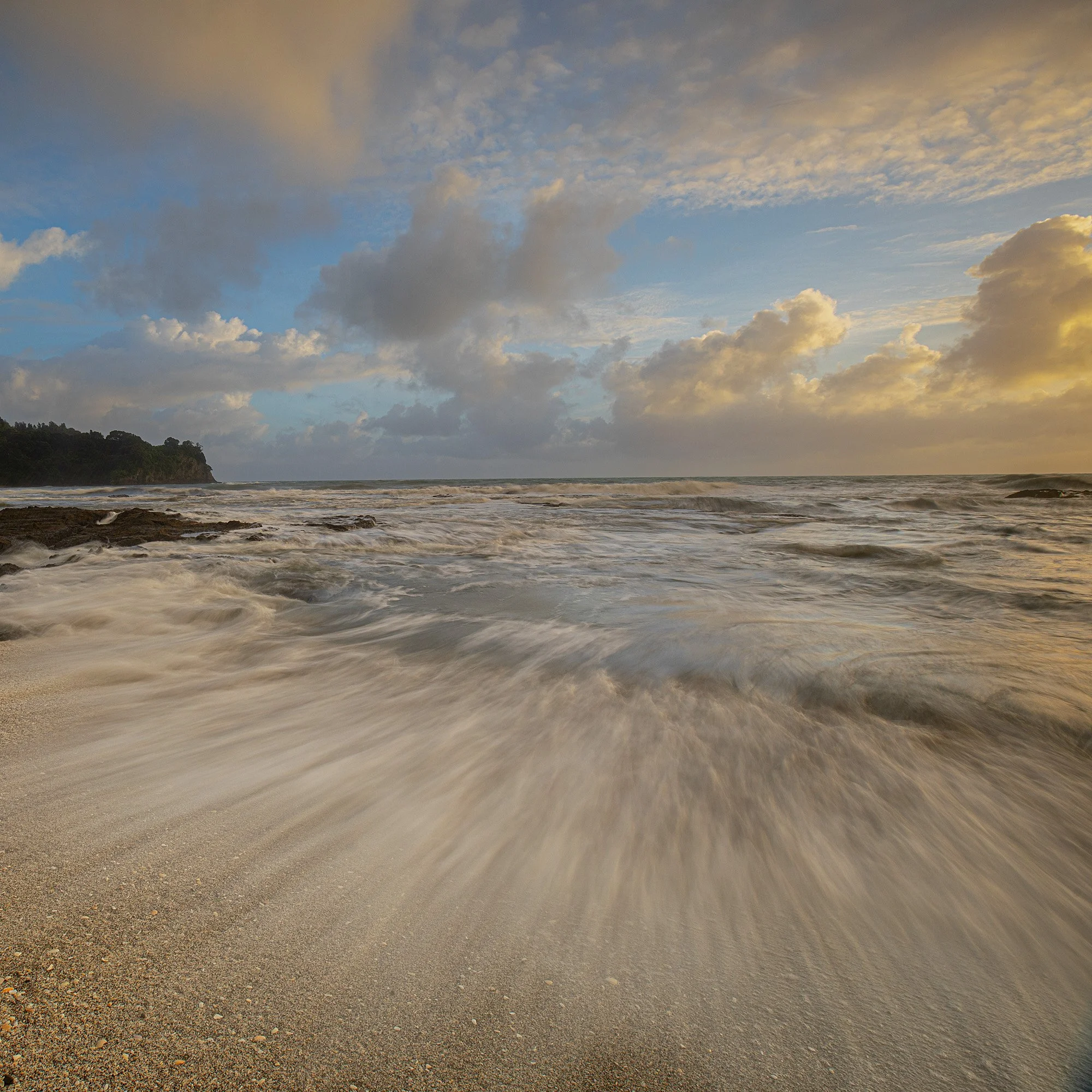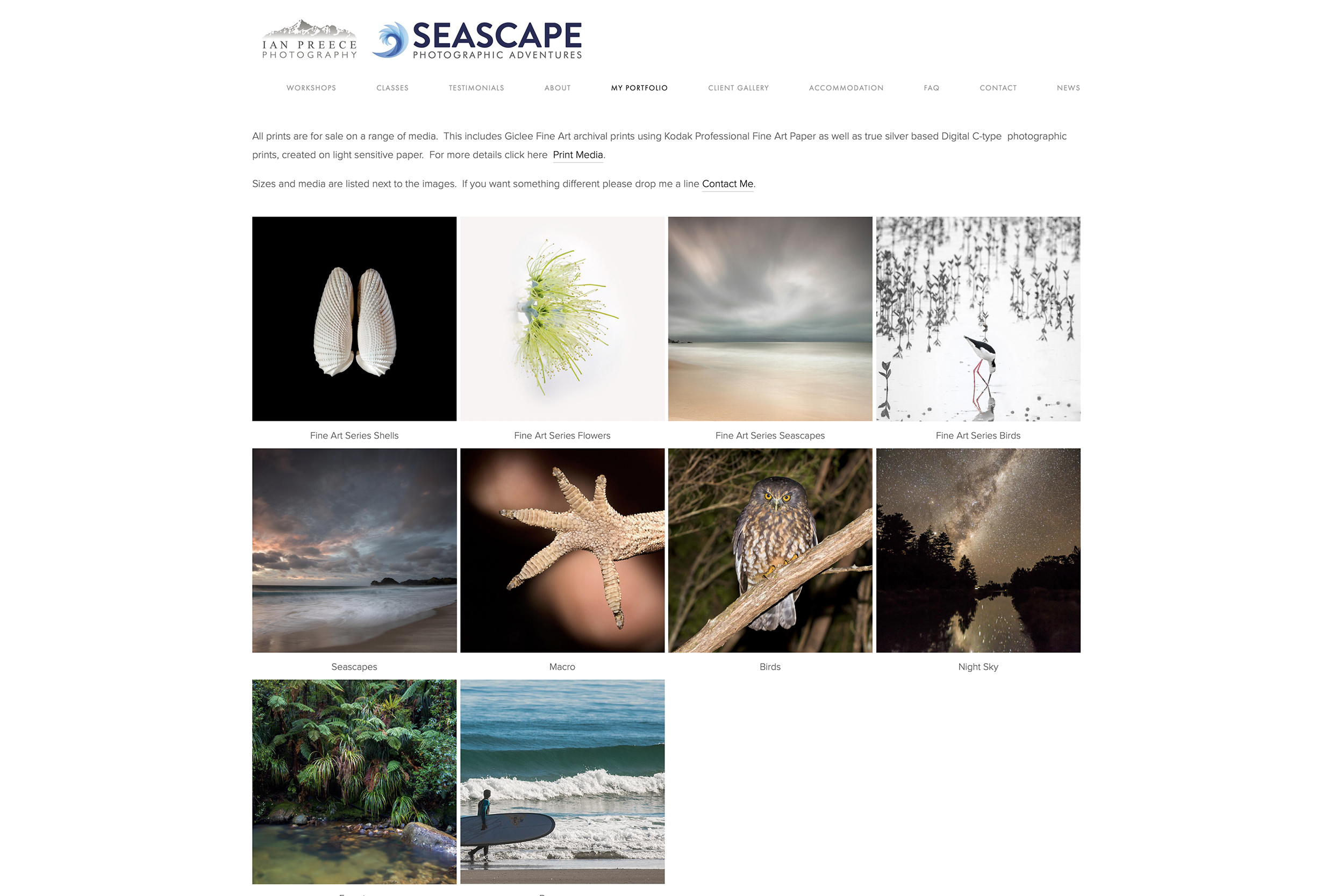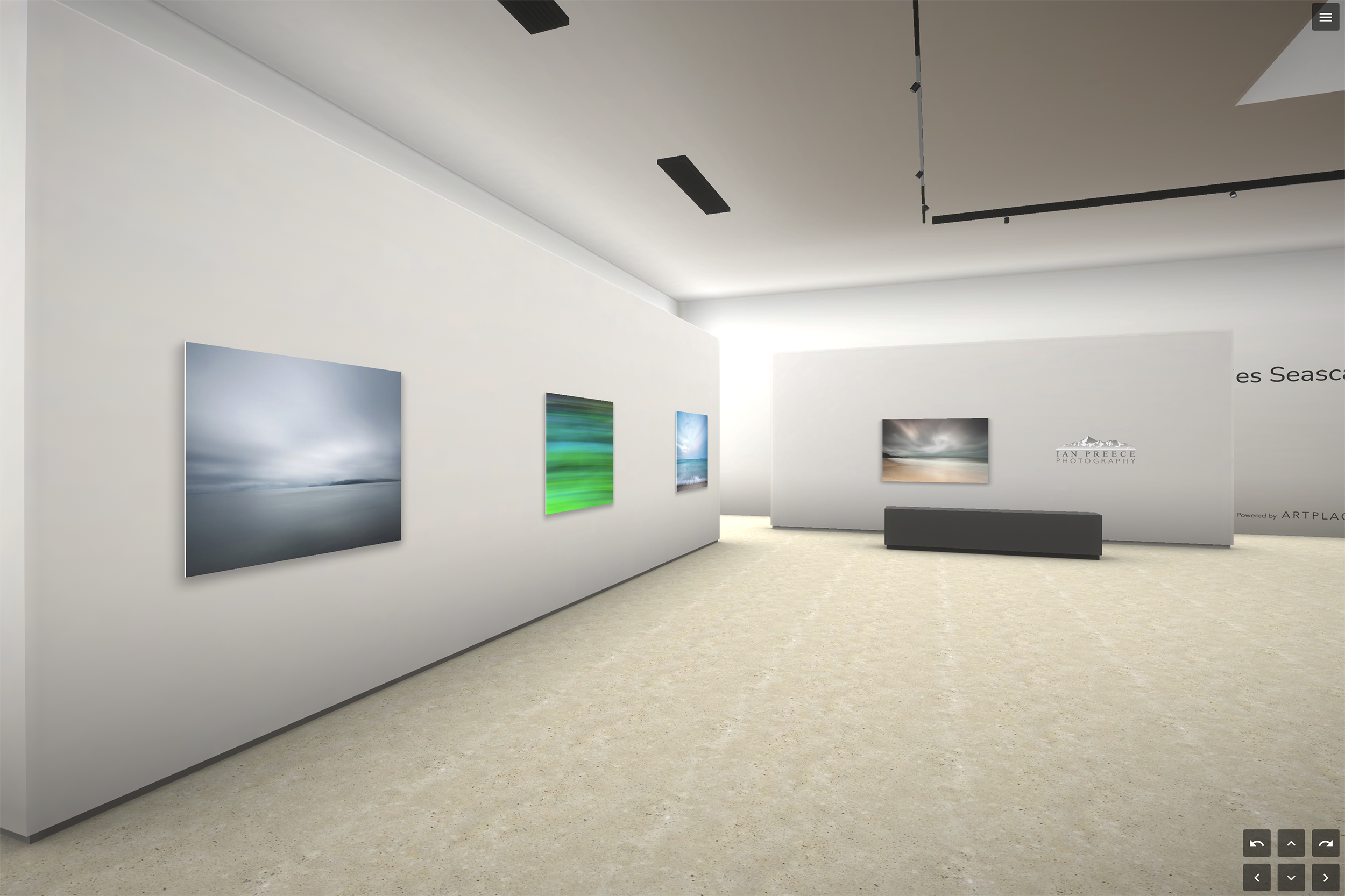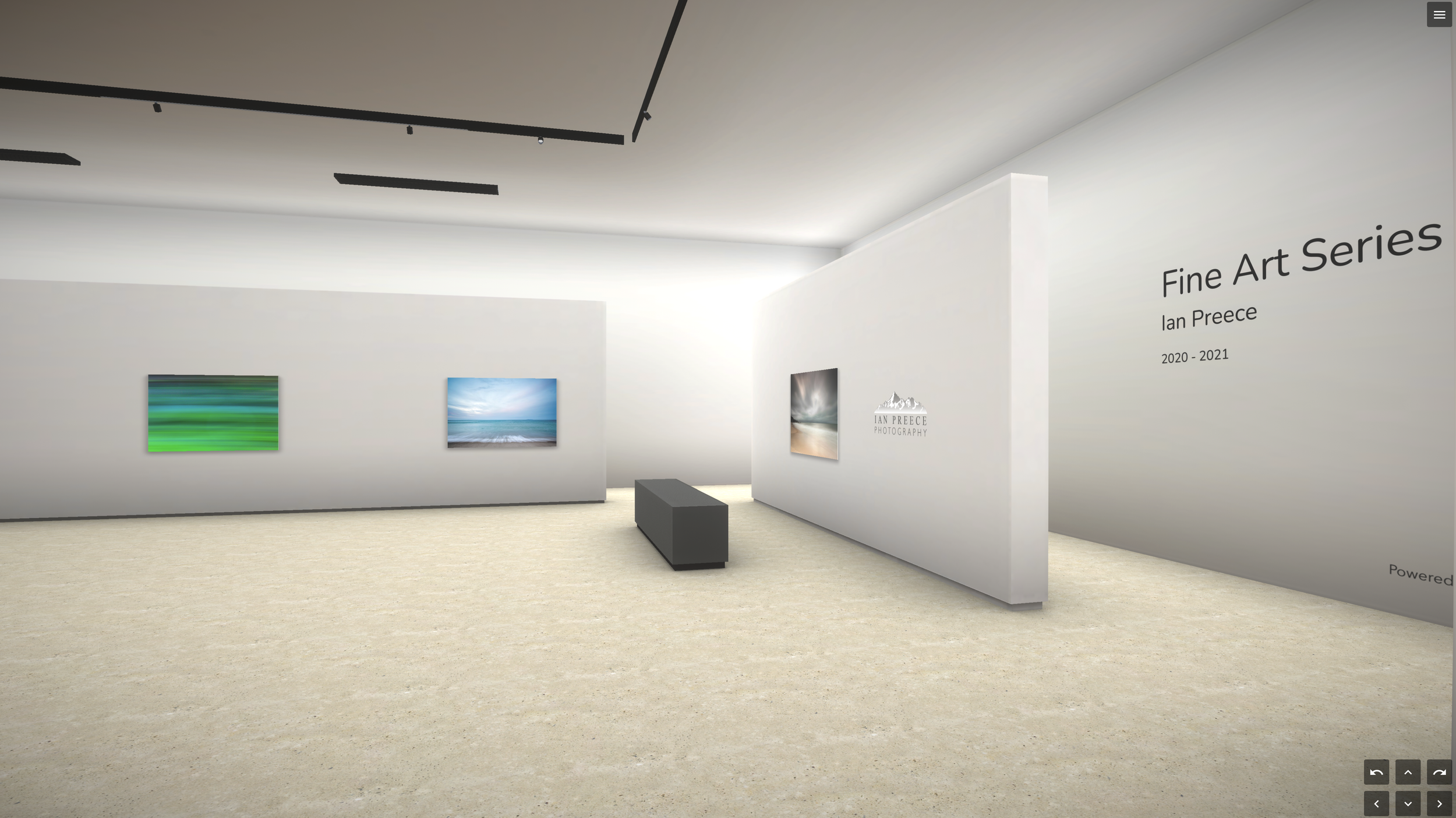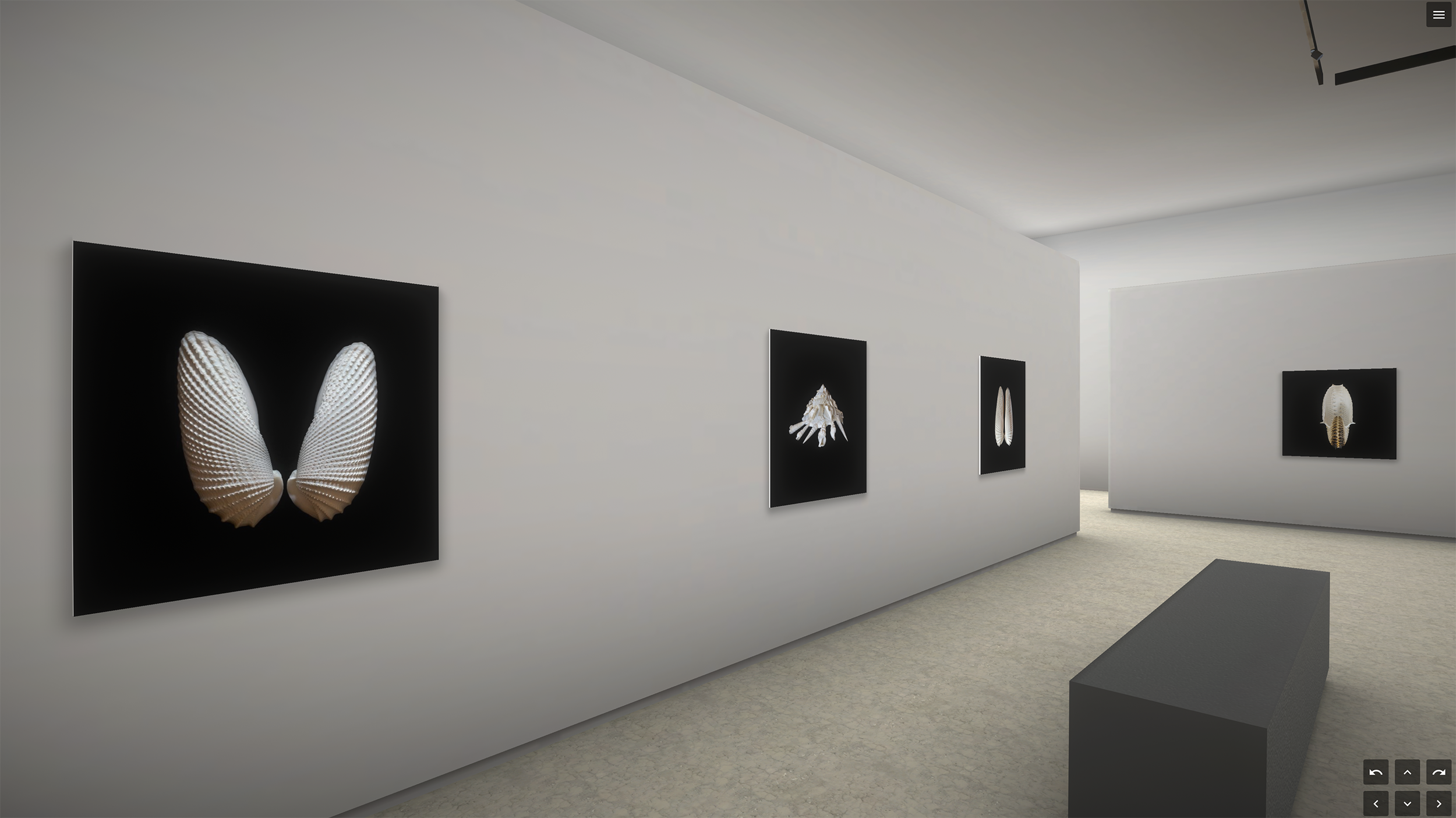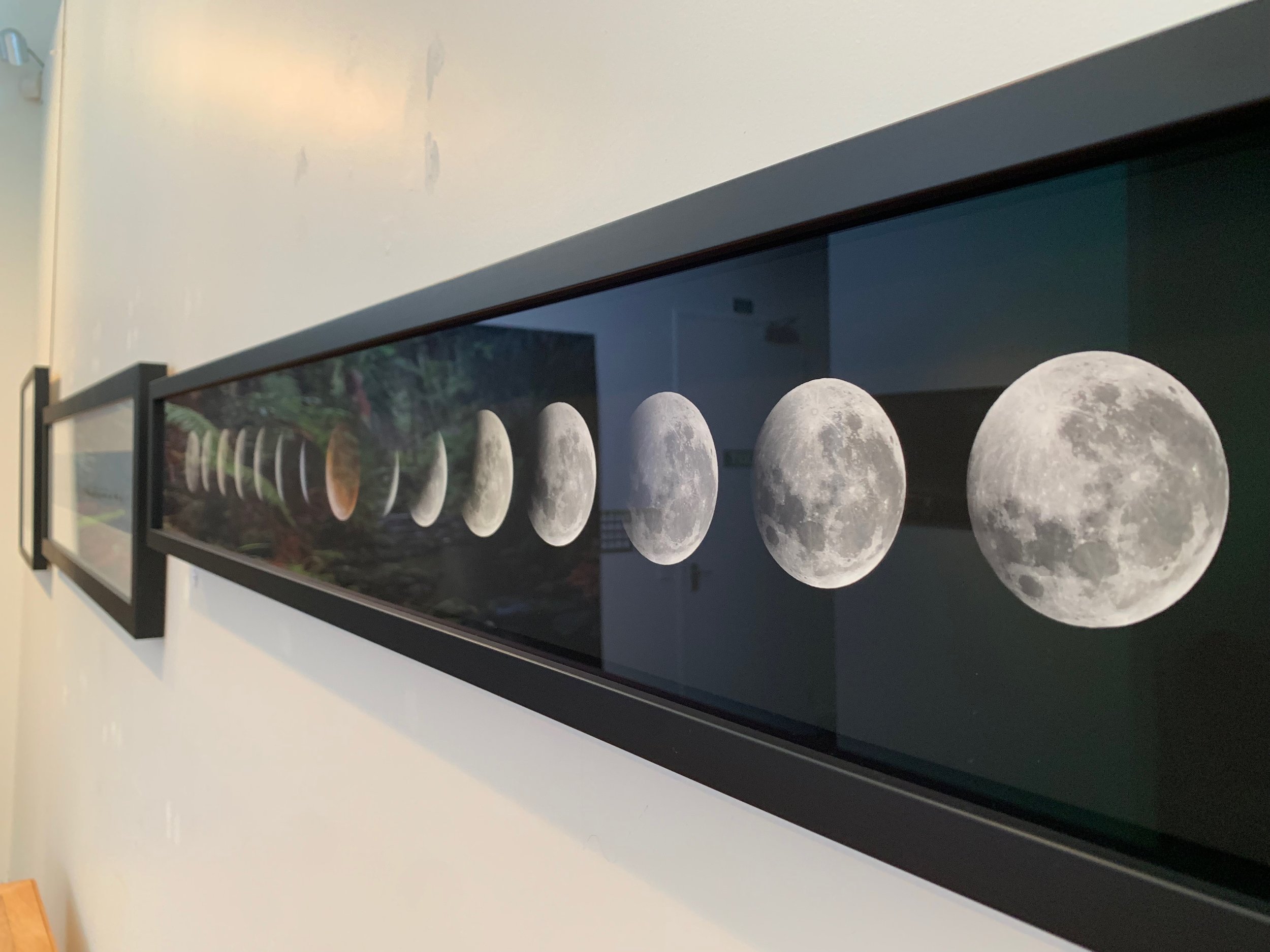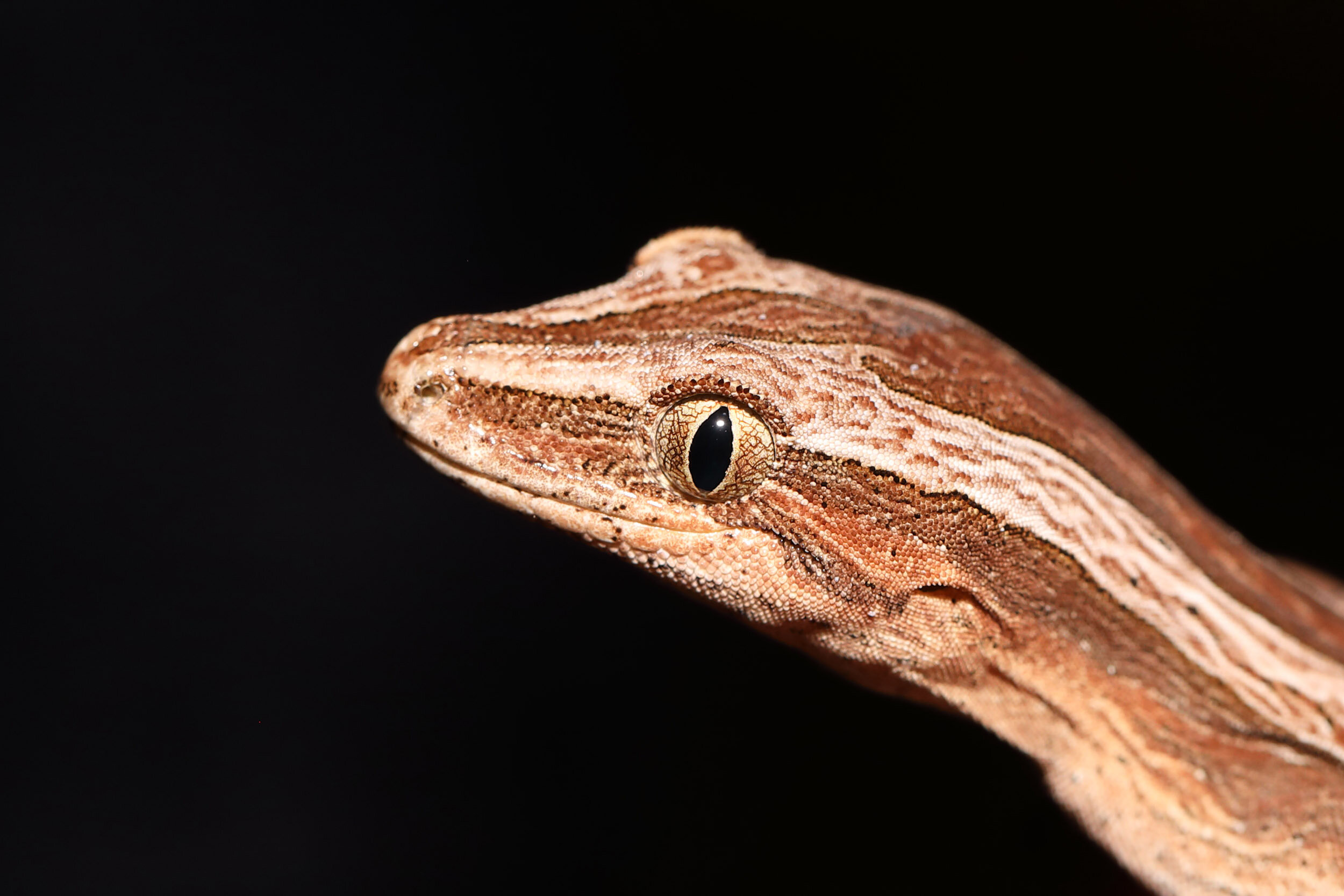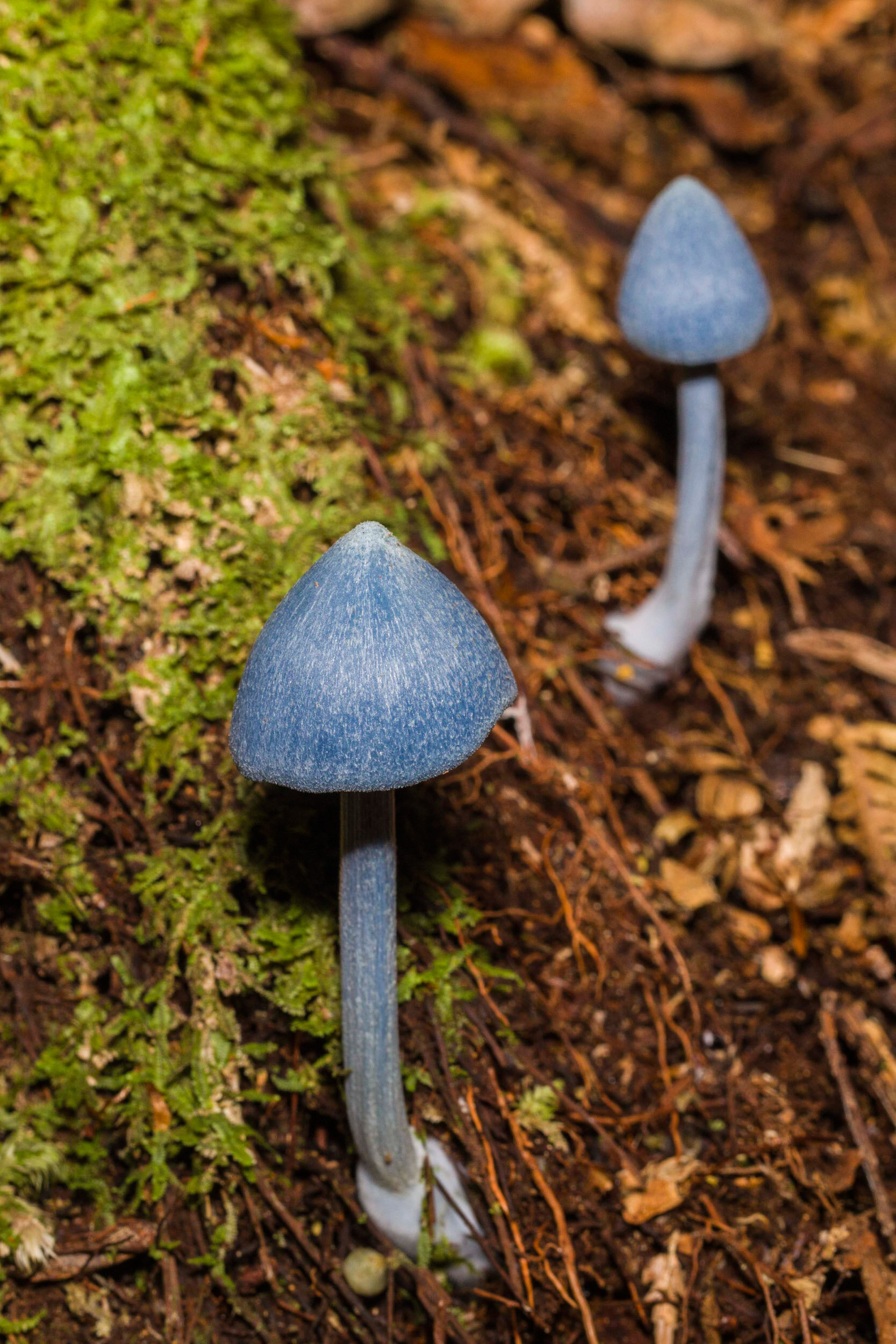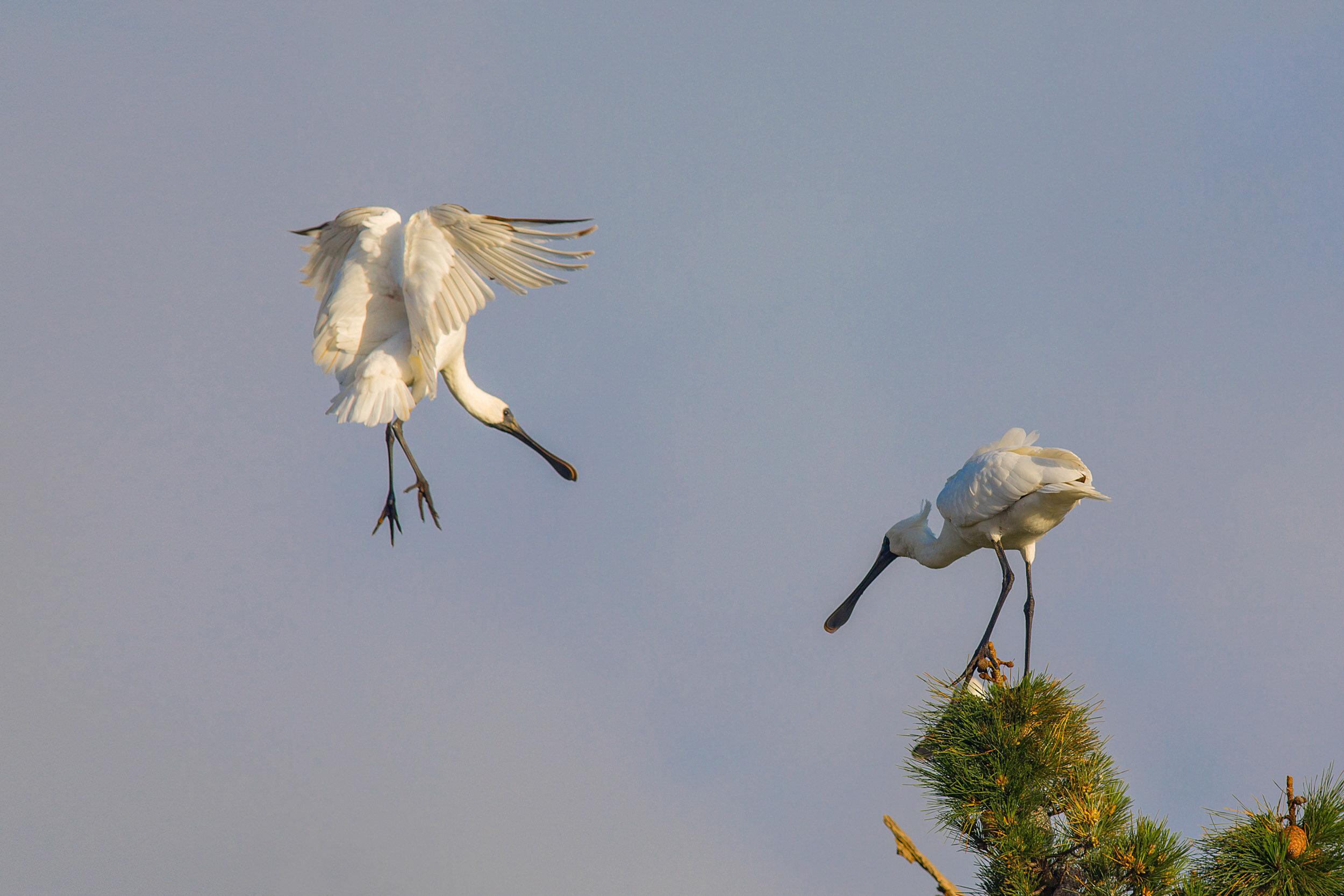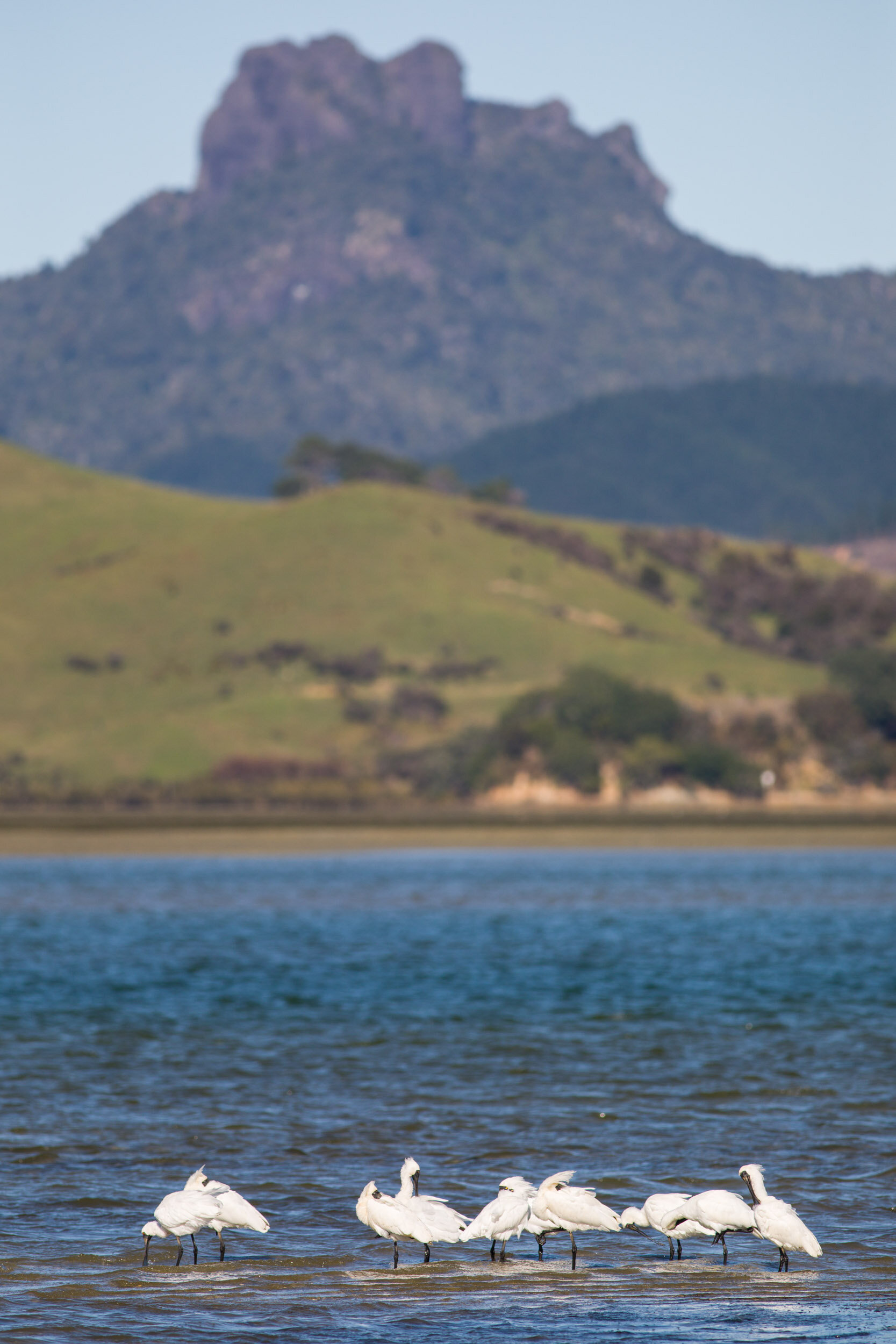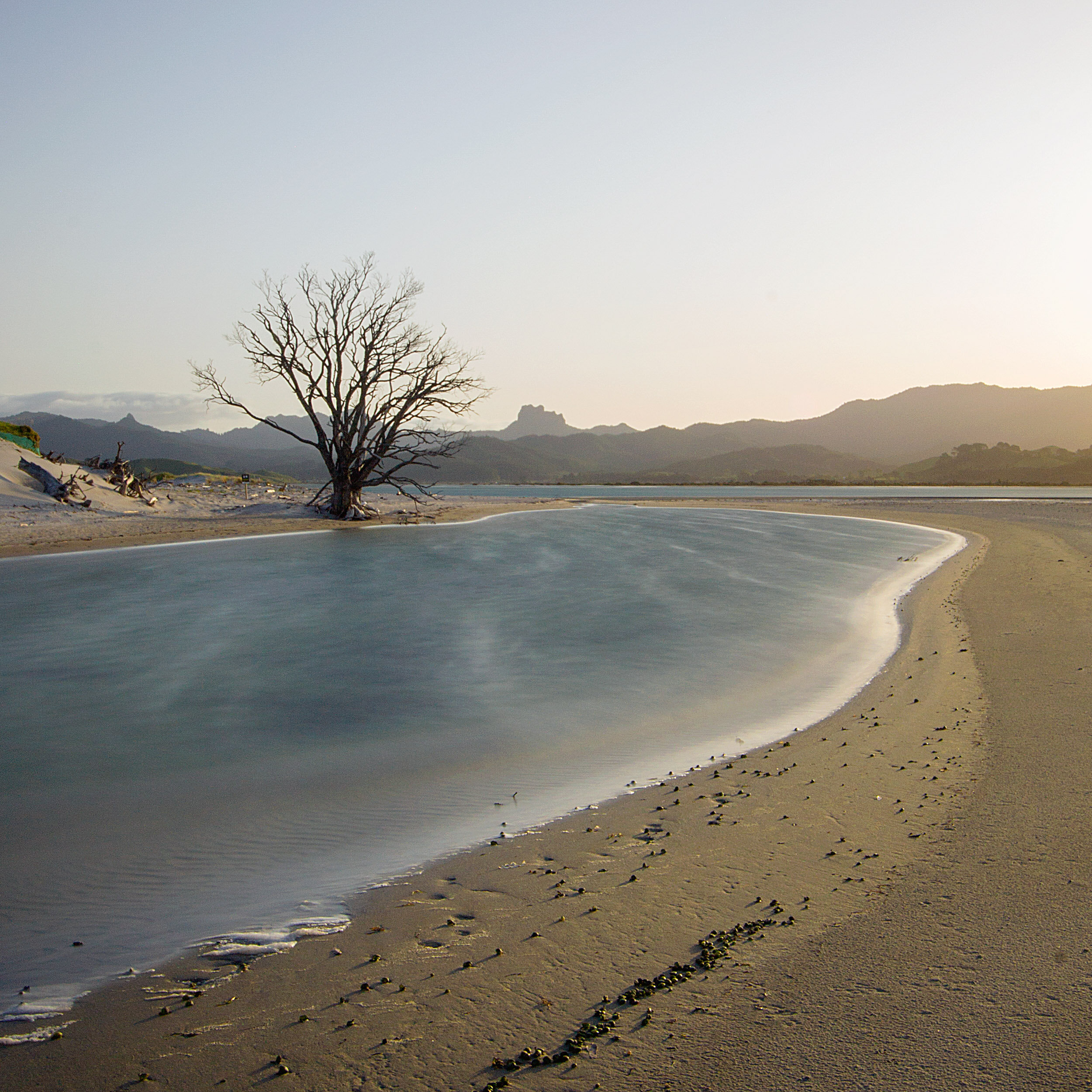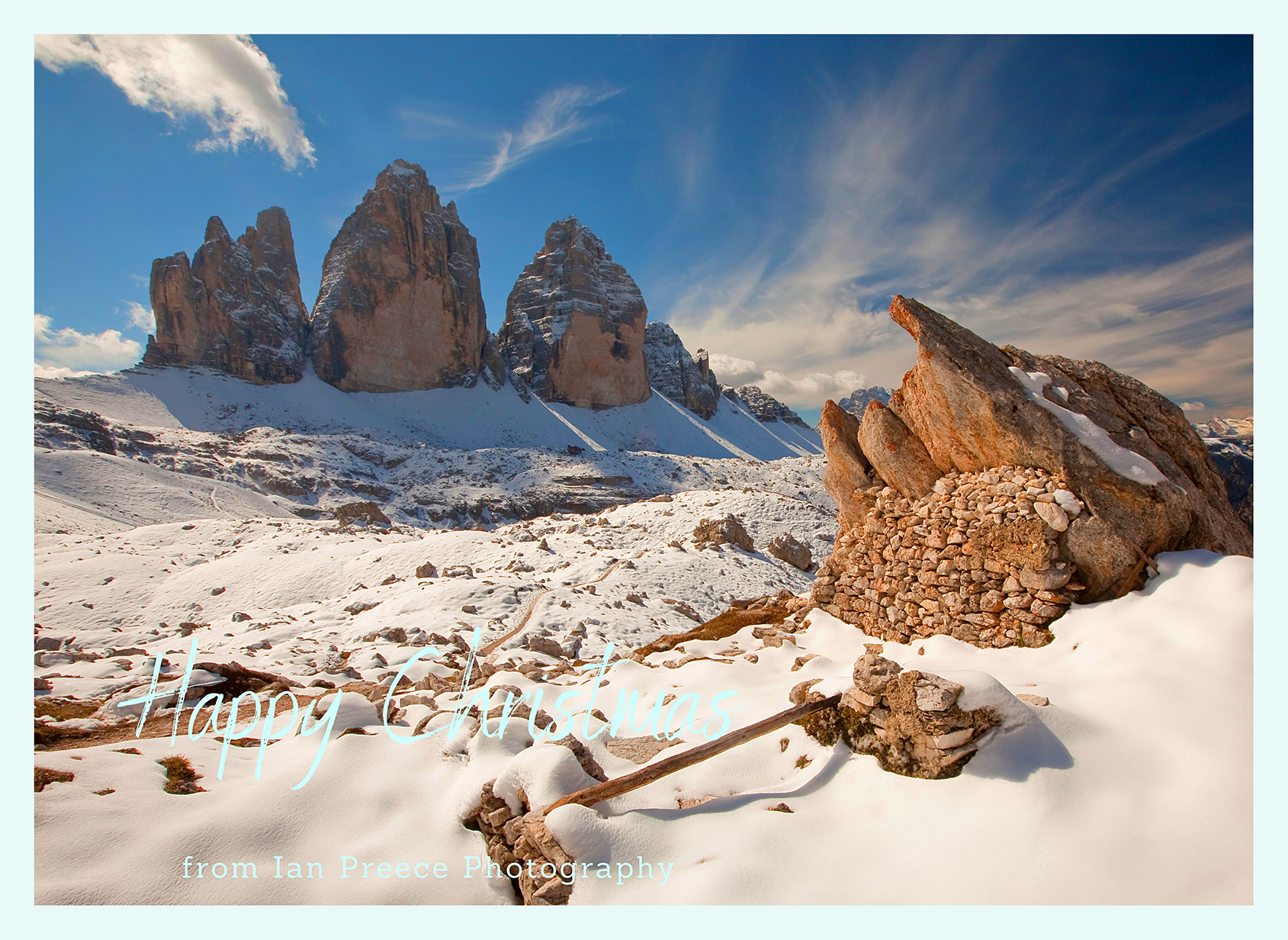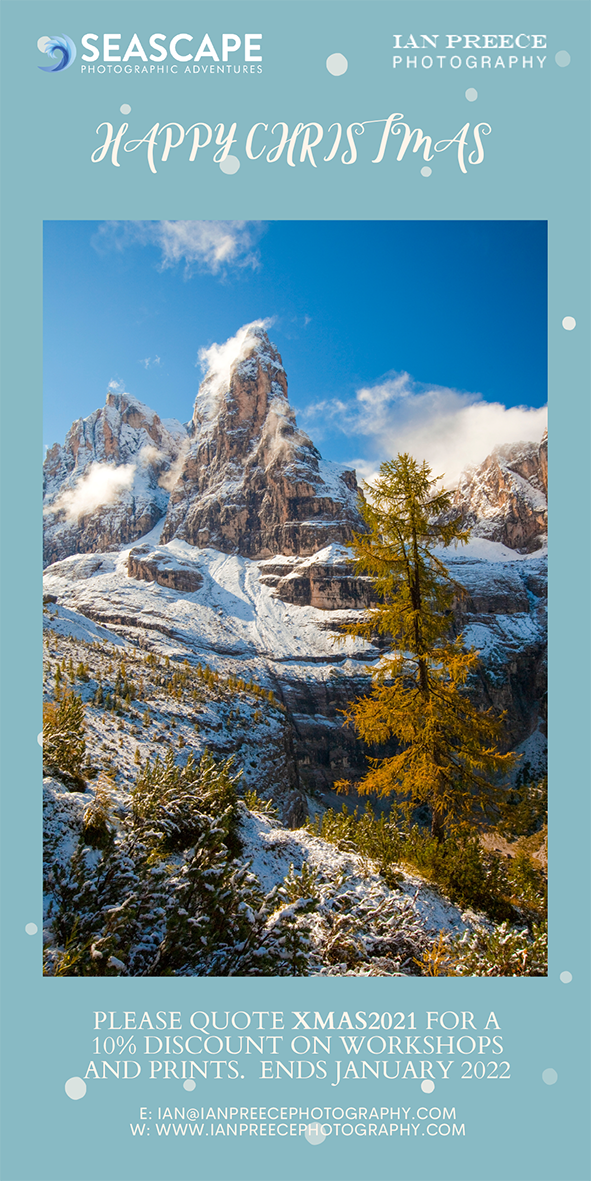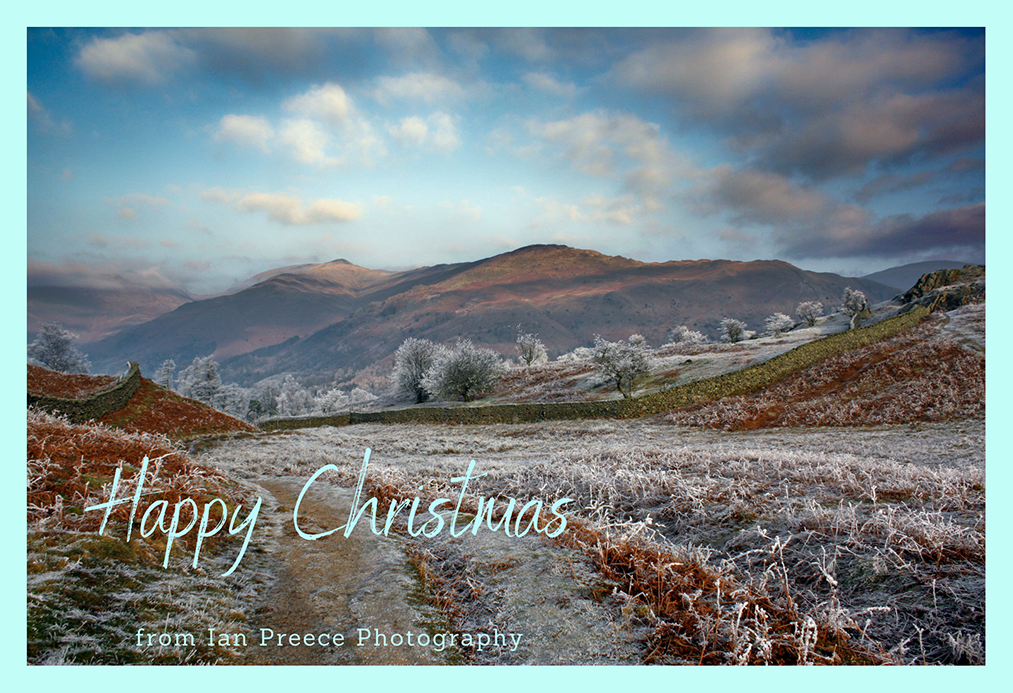Sea and shore: flow and motion exhibition - december - january 2023
10 artists exhibition - january 2023
ONLINE SHOP AND VIRTUAL GALLERIES - JUNE 2022
ALTBAY INTERVIEW - MAY 2022
Lens Pens Paper Exhibition - June July 2022
MATARIKI - JUNE 2022
WHAT CAN WE SEE IN THE MILKY WAY - JUNE 2022
JUPITER - 2022
ASTROPHOTOGRAPHY TIPS - JUNE 2022
HAPPY CHRISTMAS - December 2021
Mahakirau Forest Estate - December 2020
ROYAL SPOONBILLS IN MATARANGI - December 2020
Long Exposure and Motion Capture - December 2020
The Driving Creek Gallery in Coromandel Town will be home to an exhibition of works from Tairua artist Christina McGrath and Kuaotunu photographer, Ian Preece. The exhibition Sea and Shore: Flow and Motion opens on Friday December 30th from 4pm to 6pm and runs from Saturday December 31st to Sunday January 15th. We are open from 10am to 6pm every day. Christina and Ian will be on site during the exhibition. Both artists are featuring new work and all works are for sale. Entry is free.
Ian and Christina worked together on the Creative Coromandel Partner Up programme last year when they decided to pair up and host a joint exhibition.
“As artists we are both passionate about and inspired by nature and in particular the ocean. Our use of media and interpretation of the subject however is very different creating a engaging experience. We felt that the commonality and the contrast of our work would be an inspiration to us both and hopefully provide an enhanced experience for our visitors.”
“An important point for both of us is to increase the appreciation of our natural world, especially at a time when we are facing increasing threats to that world. To paraphrase David Attenborough, “You cannot value something you haven't experienced and you cannot protect something you don’t value”.
“We are really pleased to be exhibiting at the Driving Creek Gallery. As a purpose-built gallery, it is an ideal space for running an extended exhibition over a number of weeks. This gives the artists time to plan and organise and the public more opportunities to visit.”
Christina is a resin and fluid acrylic surf and ocean artist. She adores surfing and the powerful elements that the sea offers. Her work encompasses the artistic and fluid elements of wave formations and shoreline expressions. There is a soulful element in every piece and you can feel and sense the water in her work.
Rich and pure colours shining with resin, polished shades of blues and naturals stand out on her recycled surf boards, wooden tables, big and small rounds and all sizes of framed and natural canvases. Currently living in Tairua, New Zealand, she integrates her love of nature into her surf retreats, yoga, wellbeing and creativity workshops.
Ian is a photographer of the natural world and primarily the Coromandel, New Zealand. “Im fascinated by the movement of water. The way that a still two dimensional image can convey the perception of depth and movement through the use of tone, colour and contrast. We have a very emotional relationship with the sea. I consider an image successful if it conveys something of that emotion to the viewer.”
“In this exhibition I'll be sharing new works taken in the Coromandel, Great Barrier Island and Ohiwa exploring that theme. These works are exhibited on different media as they can highlight different aspects of the image.”
Ian is based in Kuaotunu and runs on location photography workshops in the Coromandel Peninsula and Great Barrier Island.
Photography by Ian Preece https://ianpreecephotography.com. Resin and acrylic artworks by Christina McGrath of www.swellfitliving.com
10 ARTISTS - JANUARY 2023
I am delighted once again to be part of the 10 Artist annual exhibition at Kuaotunu. As well as the core members of the group we are very excited to welcome two new artists, Hannah Coleman-Smith from Kuaotunu and Warwick Lidgard from Rings Beach. We also welcome back Annemeike Kregting with her exquisite bird mosaics.
The show will be a riot of textures, colours, mediums and personalities – all things we've come to expect from the 10 Artists!
ONLINE SHOP AND VIRTUAL GALLERIES
I get a lot of enquiries through exhibitions and open studios about where my work can be seen and bought. I have just launched my online shop and 2 virtual galleries. My work is for sale so please feel free to browse and if there is anything of interest just drop me a line.
I print my images on a variety of media and sizes to suit - c-type photographic paper, fine art paper, gloss, matt, metallic, canvas, acrylic, wood - and to any size. Not sure what will work, give me a call - always happy to chat.
Check out my portfolio and first two virtual galleries - just click on the images.
Lens Pens Paper Exhibition - June July 2022
If you are travelling through the Coromandel Peninsula this weekend do pop into the Driving Creek Gallery in Coromandel Town to check out the Lens Pens Paper exhibition which opened on June 14 and runs for 3 weeks through Matariki, closing on July 3 2022.
I am exhibiting with 2 very good friends and very talented artists: Phillip Fickling and Roimata Taimana.
“Three different perspectives exploring themes of our unique culture, natural environment, history and spirituality and the stories and myths that connect us from the earth to the stars. The art forms include photography on various media, ink, paint, and three dimensional paper and wood sculpture.
“Our art, styles and process are all very different but at the core we are all storytellers, drawing inspiration from the world around us. We are good friends and admirers of each others creativity and work.”
“The idea for the exhibition came about two years ago but was put on hold, like so many events, due to Covid. We are really pleased to be exhibiting at the Driving Creek Gallery.”
“As a purpose-built gallery, it is an ideal space for running an extended exhibition over a number of weeks. This gives the artists time to plan and organise and the public more opportunities to visit. It is also exciting as all three of us will be exhibiting new work.”
“We enjoy collaborative exhibitions as there is inspiration and energy from working with other artists as well as offering a variety of art for the public to view.”
Matariki is the Māori name for the cluster of stars that has been known to man for many thousands of years. It is known as the Pleiades, The Seven Sisters Messier 45 and other names by different cultures. It is an asterism and an open star cluster rather than one of the 88 formal constellations. At a distance of about 444 light years, it is among the nearest star clusters to Earth and is the most obvious cluster to the naked eye in the night sky.
The rise of Matariki in the winter skies above Aotearoa is an important time in the Māori calendar, as it signifies the start of the Māori new year. Iwi across New Zealand understand and celebrate Matariki in different ways and at different times.
Matariki is an abbreviation of ‘Ngā Mata o te Ariki Tāwhirimātea (‘The eyes of the god Tāwhirimātea’) and refers to a large cluster of stars, known in European tradition as the Pleiades. According to Māori tradition, the god of the wind, Tāwhirimātea, was so angry when his siblings separated their parents, Ranginui the sky father and Papatūānuku the earth mother, that he tore out his eyes and threw them into the heavens. (Ref https://teara.govt.nz/en/matariki-maori-new-year)
For Māori, astronomy was interwoven into all facets of life. Experts would observe the night sky, charting star and planet movements, the relationship of the stars and planets to the moon and sun, while also noting what was happening on the whenua (land) and in the moana (ocean), lakes and awa (rivers). All of these celestial star beings were attributed qualities and named accordingly, and their stories were woven into the history of the people. (Ref matarikifestival.org)
What the stars mean:
Matariki is the star that signifies reflection, hope, our connection to the environment, and the gathering of people. Matariki is also connected to the health and wellbeing of people. It is also known as the parent star of the cluster.
Waitī is associated with all fresh water bodies and the food sources that are sustained by those waters.
Waitā is associated with the ocean, and food sources within it.
Waipuna-ā-rangi is associated with the rain.
Tupuānuku is the star associated with everything that grows within the soil to be harvested or gathered for food.
Tupuārangi is associated with everything that grows up in the trees: fruits, berries, and birds.
Ururangi is the star associated with the winds.
Pōhutukawa is the star associated with those that have passed on.
Hiwa-i-te-rangi is the star associated with granting our wishes, and realising our aspirations for the coming year.
We have been observing the stars for thousands of years dating back through our written history. They have Influenced our navigation, agriculture, philosophy, religion and science.
As a photographer of the natural world I am amazed at the colours and spectacle of the stars. Above all they give me a perspective and a sense of awe. There is no sign of mans hand in their creation which is the same feeling that I have looking at the natural world in general.
That doesn’t lead me to a conclusion on what is behind it but just that it is still beyond our true understanding. This was something even Einstein recognised.
How Many Stars Are In The Night Sky?
It is estimated that there are around a septillion stars in the observable universe, or 1,000,000,000,000,000,000,000,000 stars.
How Many Stars Can You See?
It is estimated that between 2,500-5000 stars are visible from Earth without a telescope at any one time, depending on location and viewing conditions. Equally, you may be able to see more if you use a pair of astronomy binoculars.
Take astronomer Dorrit Hoffleit, from Yale University, for instance. Her work on stars concluded the following:
“The total comes to 9,096 stars visible across the entire sky. Both hemispheres. Since we can only see half the celestial sphere at any moment, we necessarily divide that number by two to arrive at 4,548 stars (give or take depending on the season). And that’s from the darkest sky you can imagine.” (astronomy.com)
With my camera my own estimates, based on recent photographs of Matariki, was at least 10 times that with over 100 stars being visible compared to the 7 that we can see with the naked eye.
What Can You See?
When we look at the brighter part of the Milky Way we are actually looking at the core of our galaxy from about two thirds the way out.
The brightest part in the centre, to the left of the Coalsack Nebula and the Southern Cross, is where we can find the constellations of Sagittarius and Scorpio. We can see a surprising number of dark sky objects such as nebulae, star and gas clouds.
There deep sky images are taken from the NASA Hubble site and show how beautiful these objects are.
JUPITER - 2020
Jupiter is clearly seen in this photograph and is the largest in the Solar System. It is a gas giant with a mass more than two and a half times that of all the other planets in the Solar System combined, but slightly less than one-thousandth the mass of the Sun. Jupiter is the third brightest natural object in the Earth's night sky after the Moon and Venus, and it has been observed since prehistoric times. It was named after the Roman god Jupiter, the king of the gods.
Primarily composed of hydrogen, but helium constitutes one-quarter of its mass and one-tenth of its volume. It probably has a rocky core of heavier elements, but, like the other giant planets in the Solar System, it lacks a well-defined solid surface.
The ongoing contraction of Jupiter's interior generates more heat than it receives from the Sun. The outer atmosphere is divided into a series of latitudinal bands, with turbulence and storms along their interacting boundaries. A prominent result of this is the Great Red Spot, a giant storm which has been observed since at least 1831.
Jupiter is surrounded by a faint planetary ring system and a powerful magnetosphere. Jupiter's magnetic tail is nearly 800 million km (5.3 AU; 500 million mi) long, covering nearly the entire distance to Saturn's orbit.
There are 80 known moons and possibly many more,[6] including the four large moons discovered by Galileo Galilei in 1610: Io, Europa, Ganymede, and Callisto. Io and Europa are about the size of Earth's Moon; Callisto is almost the size of the planet Mercury, and Ganymede is larger.
The following is a shot of Jupiter taken by the Hubble Telescope showing the amazing detail and colours of the gas giant.
ASTROPHOTOGRAPHY TIPS - JUNE 2022
You need clear skies, no or little ambient light and an app that will tell you when the Milky Way is in the best position. I use Photo Ephemeris which has an app and a browser version.
I like to take wide angle lens to capture the full extent of the galactic core. To capture the stars as points of light rather than star trails you will need to keep the shutter speed down to a maximum of 30 seconds for a wide angle lens. There is a rule to work it out for different lenses you divide 500 by your focal length to get the right exposure. The more you focus in the more you notice movement so longer focal length lenses need shorter exposures.
The next thing is aperture. Basically the widest you can go which is the lowest f-stop to let as much light as possible in.
The next thing is light sensitivity or ISO. The optimum setting is a balance between visibility of the image and grain or noise which is a consequence of increasing the ISO. This setting will vary by camera. Newer ones and more expensive ones tend to be better but this isn’t a given. Best bet is to start at ISO3200 and see how you get on.
Finally put the camera on a solid tripod, point the camera in the right direction, set to manual focus and pick a bright object to focus on. Use a remote or a 10 second delay and off you go.
Couple of other tips. Take a head torch and remember that your eyes take 30 minutes to fully adjust to the dark.
It isn’t complicated but it does take practice so persevere. Above all enjoy the night skies. They are special.
Alt Bay INTERVIEW - May 2022
I was interviewed by Leo on AltBay the new social media channel in the Coromandel about my life, photography and work.
Mahakirau Forest Estate - December 2020
Mahakirau Forest Estate is a very special place and of great national significance, ranked as holding “outstanding wildlife value” for the incredible diversity of natural fauna and flora that can be found. It’s a privilege to be able to photograph there.
It is a 580 hectare haven for endemic wildlife such as the extremely rare Coromandel striped gecko, Hochstetter’s and Archey’s frogs, North Island kaka and North Island brown kiwi. Helms butterflies, painted cave weta, longfin eel and kokopu spp.
There are strong resident populations of kereru, tui, bellbird, fantail, tomtit, silver eye, grey warbler, kingfisher, morepork and shining cuckoo. The diverse forest flora consists of over 50 tree species including mature Northern Rata, Kauri, Miro, Rimu, Halls Totara, Kahikatea, Kaikawaka, Tanekaha, Taraire, Pukatea, Kohekohe, Kanuka and Manuka, as well as prolific and diverse epiphytic, understorey and stream boundary flora (including at risk King Fern and Kirk's daisy).
Mahakiraua also provides the locus for the Predator Free Hauraki Coromandel trust. This was formed to work with the community to protect the extraordinary natural environment and wildlife of this special part of Aotearoa. From Moehau at the tip of the Coromandel Peninsula to Te Aroha in the south, this 230,000 ha
I donate my work for free to promote both Mahakirau Forest Park and the Predator Free Hauraki Coromandel trust.
I run photography workshops for a small number of people taking pictures of some of the rarest indigenous animals in New Zealand. The images here are a small selection of some of the amazing creatures I have been lucky enough to see there.
Click the links for more information on Mahakirau Forest Estate.
ROYAL SPOONBILLS IN MATARANGI - December 2020
Matarangi Spit and the Whangapoua Estuary are local treasures and a haven for birdlife both resident and migratory. Fortunately Matarangi Spit is a DOC protected area and we have the additional boon for the local wildlife when a consortium of 14 locals bought the golf course to prevent it from being developed.
I photograph there frequently and the Dotterels, Godwits, Oyster Catchers and Stilts are welcome subjects. The beach, jetty and spit are also wonderful locations for astro photography, long exposure and motion capture.
This summer we very fortunate to have 11 Royal Spoonbills visit and stay for several months. They are majestic and beautiful birds who were a very welcome sight. They could be frequently seen feeding along the tidal edges of the estuary then retiring to the local tree and pool where they roosted.
They feed and fly in their colonies which made for the most graceful sight on one of their flybys.
They can be semi-colonial and left at the end of the breeding season. Hoping for a return next season! They are the only species of spoonbill that breeds in New Zealand and are considered native. More famously they inhabit Okarito on the west coast of New Zealands south island.
For more information check out the link below
http://nzbirdsonline.org.nz/species/royal-spoonbill
Long Exposure and Motion Capture - Dec 2020
Have you ever been amazed by pictures of the sea where the rocks appear pin sharp in detail but the water ghosts around them like a mist. Or a waterfall surrounded by beautifully detailed plants and trees where the water is drawn out into a silky ribbon and the river like a sheet of transluscent glass.
The use of extended exposures and filters can transform a scene and give you a new creative dimension to your photography. If you are looking to create your own abstract or fine art photographic effects then this is an area you should explore.
Creating motion effects with moving subjects, such as rivers, seas, waterfalls and clouds provides an important creative choice for any land or seascape photographer. Filters are an essential tool in that process allowing you to select exposure times from a fraction of a second up to many minutes.
All of the images below are shot with a combination of different grades of neutral density or graduated filters. These are the only type I use. The grade refers to how dark they are therefore how much light they block out. They can be stacked to give different effects depending on what you are photographing.
There are different sizes to suit different cameras and lenses. If you need any help please drop me a line.
I have two types of filters: glass and resin. Glass are higher optical quality but more prone to reflections when stacking them. NISI are coated and minimise this significantly. Resin filters are much less likely to suffer from reflections. Normally I try not to stack ND filters and use just one – the less glass in front of the lens the better. I often stack graduated filters depending on how bright the sky is.
It is really important to get high quality optical filters. Why spend a fortune on expensive lenses and economise on the glass that you will put in front of them? If in doubt get just two to start. I would recommend a 2 stop (0.6ND) neutral and density and a 2 stop (0.6ND) soft graduated filter.
You will also need a filter holder and an adapter ring to connect it to your camera lens.
It may sound like a lot but they are surprisingly simple to use and the effects are well worth the investment.
HAPPY CHRISTMAS FROM IAN PREECE PHOTOGRAPHY
Please click on the pictures to download your free hires Christmas Card. Thanks!


